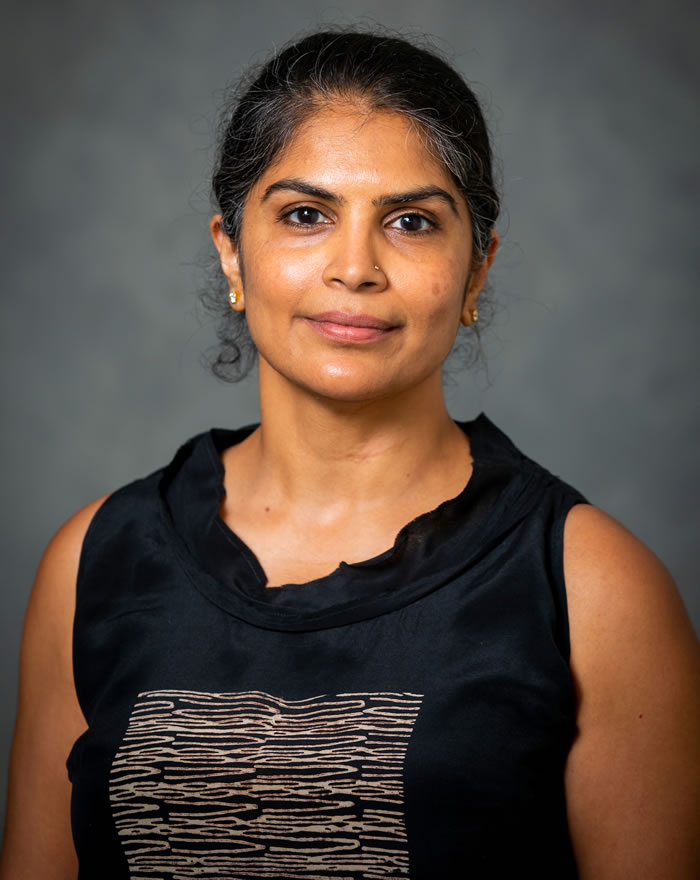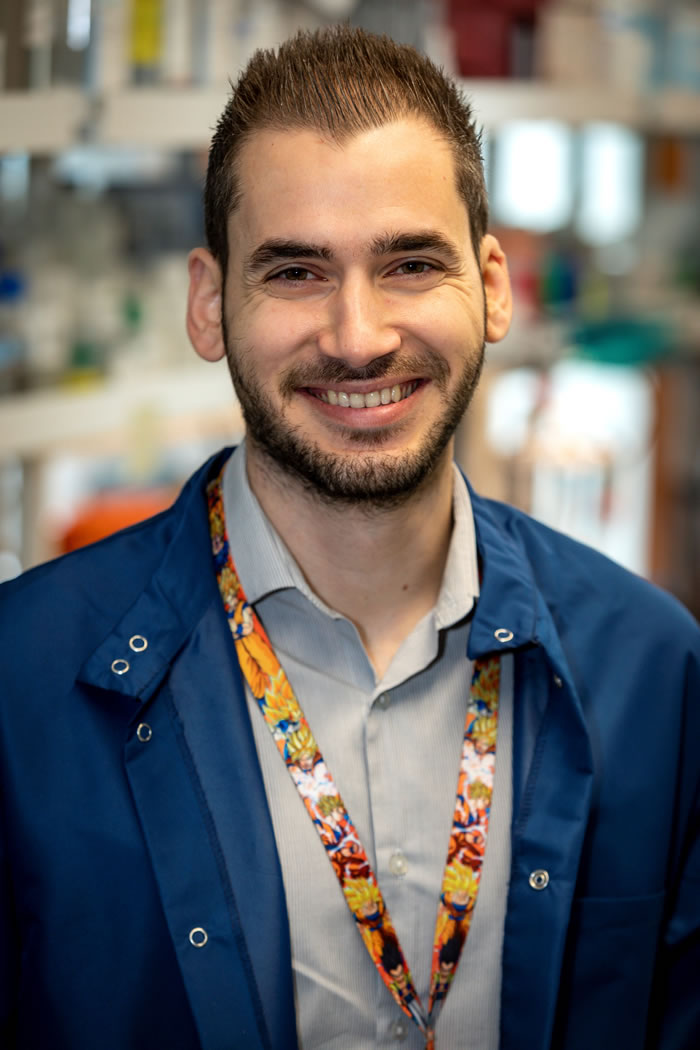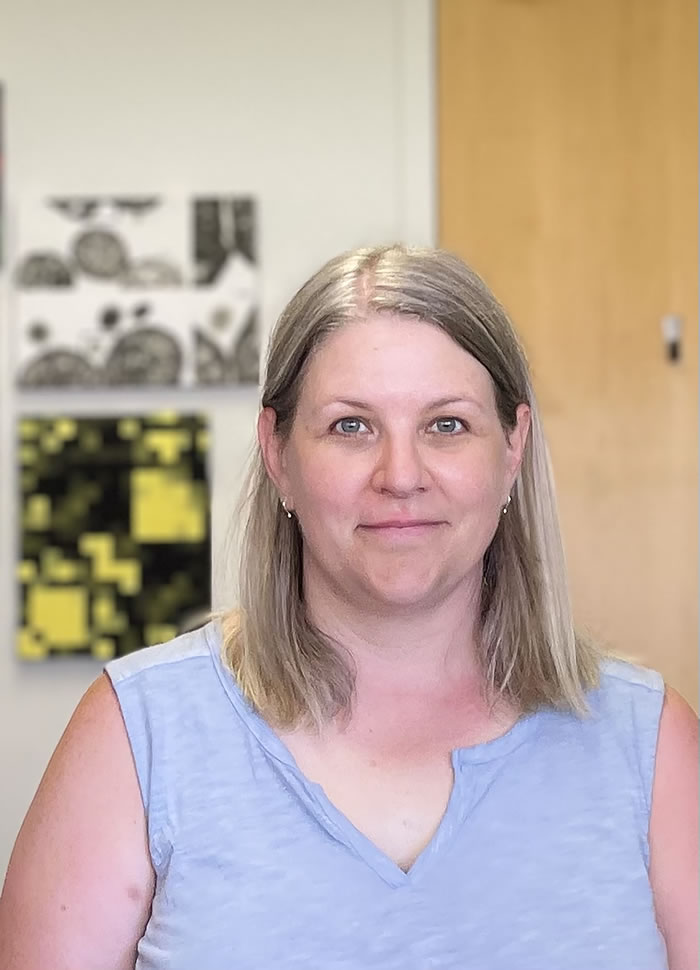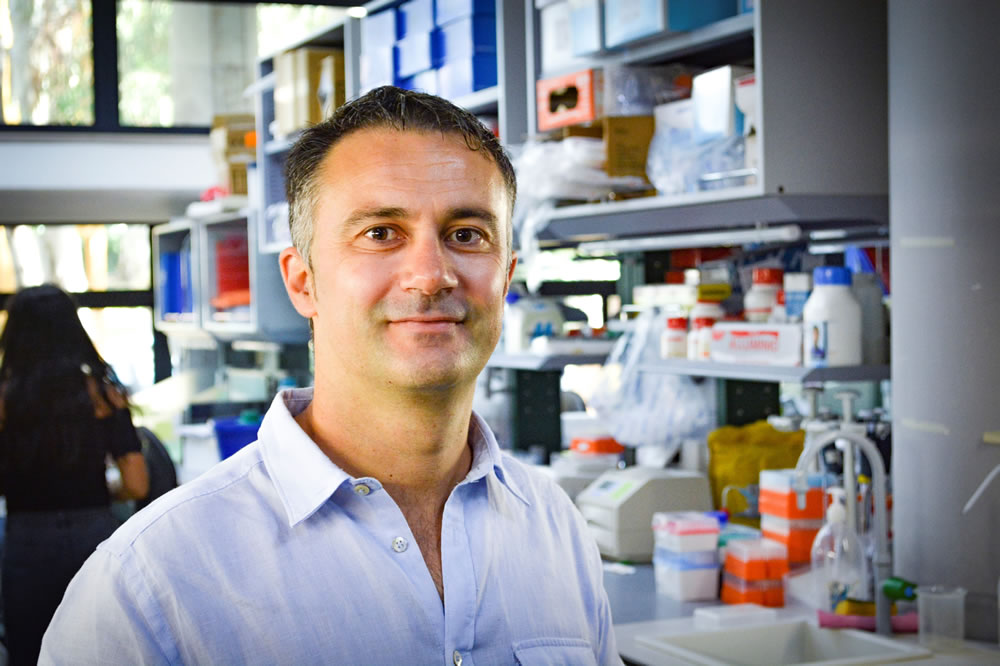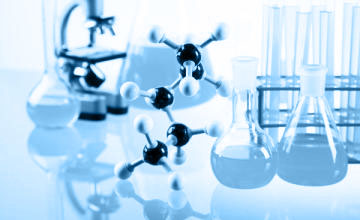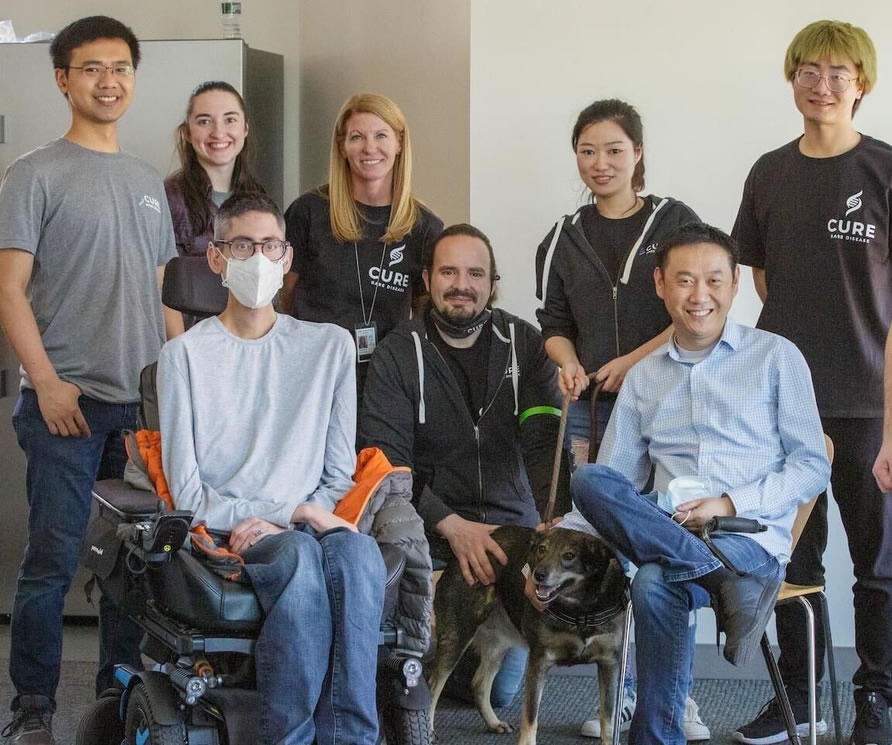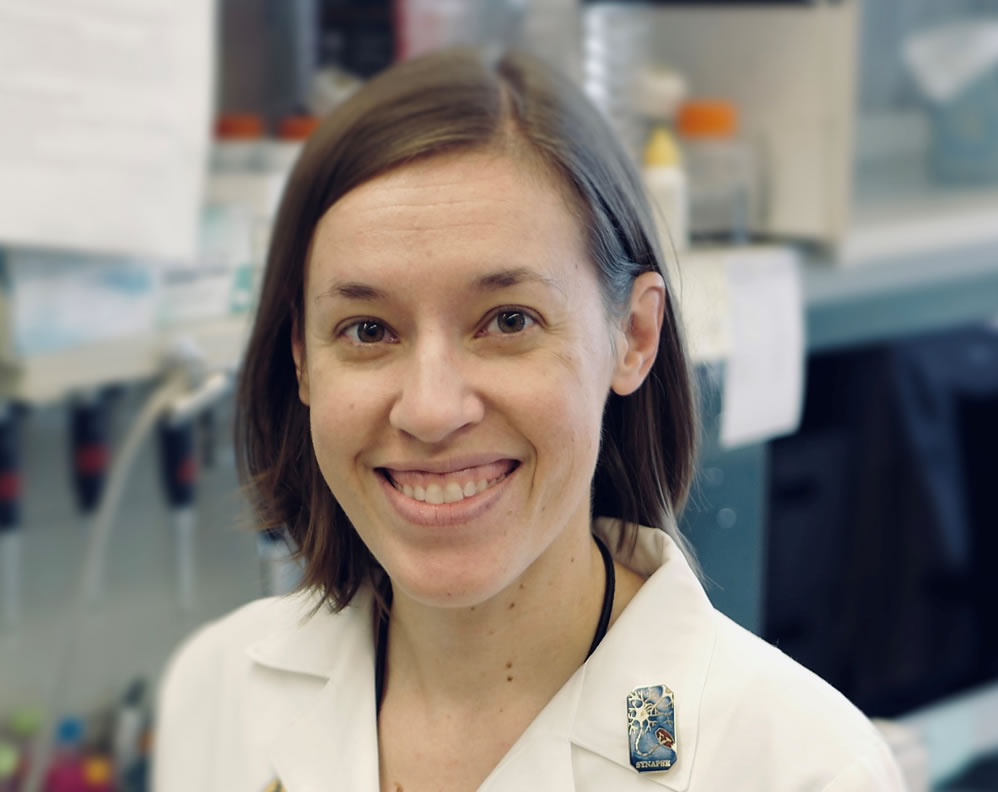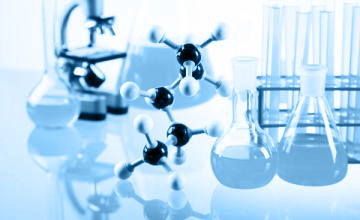MDA Resource Center: We’re Here For You
Our trained specialists are here to provide one-on-one support for every part of your journey. Send a message below or call us at 1-833-ASK-MDA1 (1-833-275-6321). If you live outside the U.S., we may be able to connect you to muscular dystrophy groups in your area, but MDA programs are only available in the U.S.
The role of DNAJ proteins and chaperone-chaperone interaction in muscle
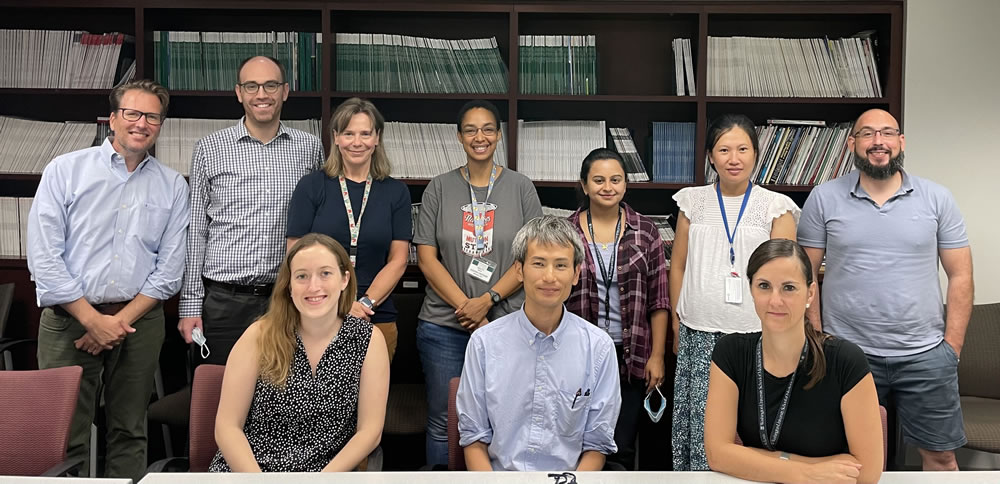
Proteins are originally string-like polypeptide chains that are folded to form functional proteins. Chaperones help in the folding process or correct the folding of misfolded proteins. Therefore, when chaperones abnormality, the number of misfolded, non-functional proteins increases and eventually accumulates in the body. Many such chaperone diseases, called "chaperonopathies," are involved in neuromuscular diseases. Understanding the function of chaperones will lead to the development of treatments for chaperonopathies. Our group has shown that mutations in two genes, DNAJB6 and DNAJB4, cause muscle diseases. However, it is still unknown what "client" proteins the chaperones work on, how they correct the misfolding, and why only specific muscles are more severely impaired. I am trying to uncover the client proteins by manipulating cells to prevent a particular gene from working. In addition, since my preliminary experimental data suggest that the DNAJ proteins may interact with each other and work to correct folding, we will analyze this using cells and animal models in which the two DNA proteins are rendered inactive. In addition, we will explore why only specific muscles are strongly damaged using animal models and imaging techniques. If these things are clarified, it will lead to significant progress in developing therapies.
https://doi.org/10.55762/pc.gr.157003
Grantee: Michio Inoue, Ph.D.
Grant type: Development Grant
Award total: $209,510
Institution: Washington University in St.Louis
Country: Missouri, United States
